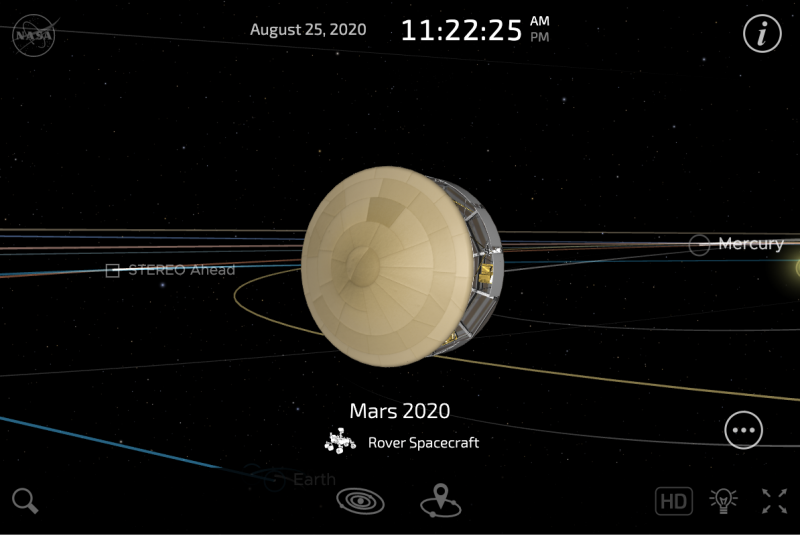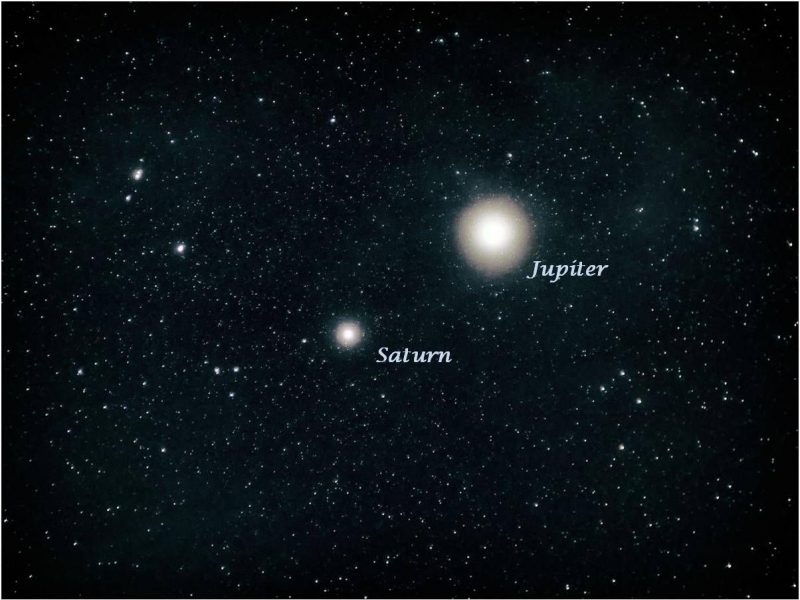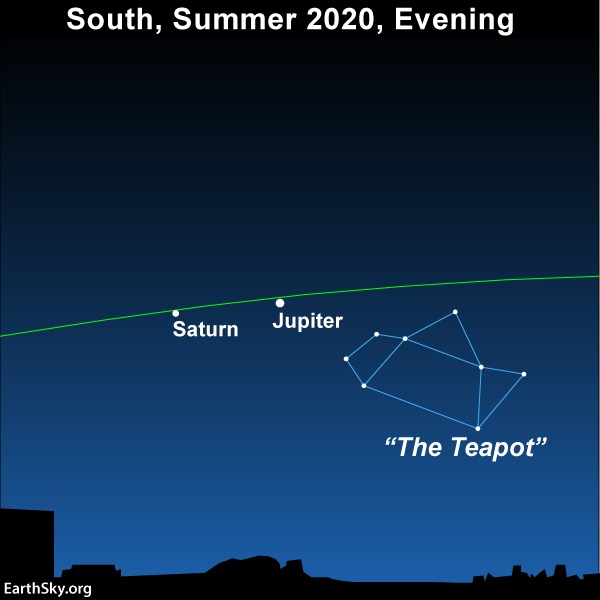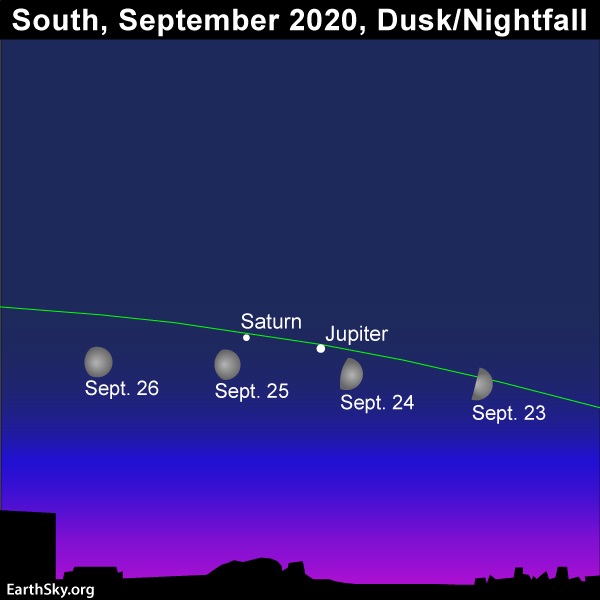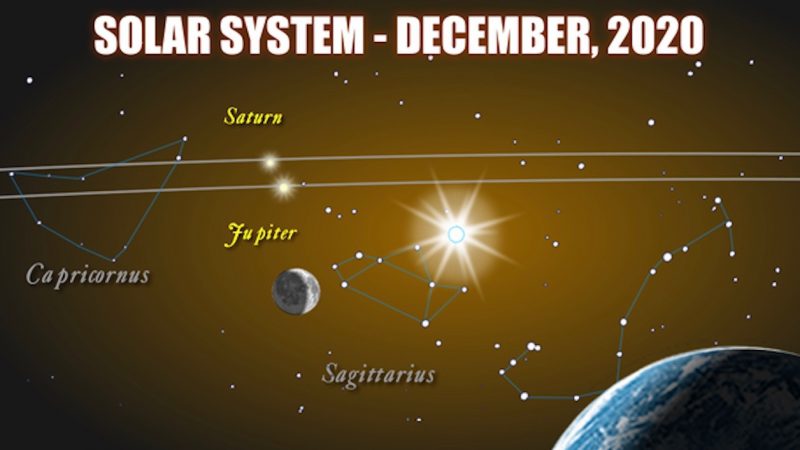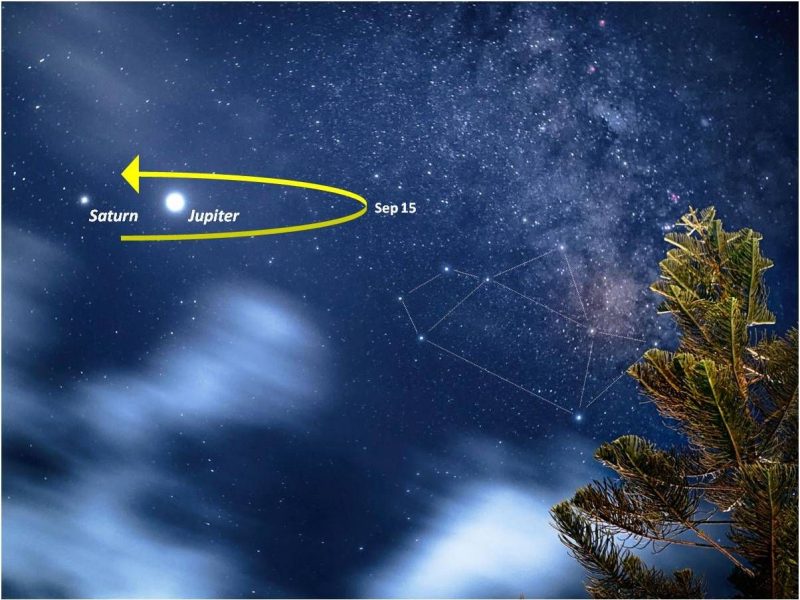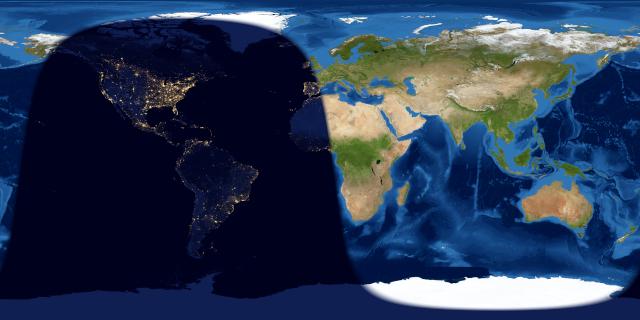When a child is diagnosed with cancer, treatment will typically involve a combination of chemotherapy drugs, surgery and for many, radiotherapy. And if the cancer comes back after these treatments, the options become even more limited.
For some children, there may be a clinical trial that could help. But many are testing combinations of chemotherapy drugs or radiotherapy techniques already in use.
It’s something researchers are keen to change, spending years trying to test a newer, more targeted approach to treating children and young people’s cancers.
And with the help of 2 studies that we’re part funding – the Stratified Medicine Paediatrics platform and the innovative ESMART trial – this ambition is becoming a reality.
We spoke to Professor Lou Chesler, a children’s cancer expert at The Institute of Cancer Research, London, and Dr Lynley Marshall, a children and young people’s cancer consultant and drug development expert at The Royal Marsden NHS Foundation Trust, about the changing landscape of paediatric cancer treatment.
The first of its kind
Stratified Medicine Paediatrics is the first prospective study of its kind in the country. And according to Chesler, it was sorely needed.
“The thinking these days is moving more and more towards being specific with cancer treatments,” says Chesler. “And that means finding a feature of the tumour that we can target.”
Hunting for those hidden genetic clues requires detailed genome sequencing technologies. Technologies that, before the Stratified Medicine Paediatrics, were not generally used for most children’s cancers.
“We really never had a platform in the UK for studying our patients systematically and in detail,” Chesler explains. “It took us a good 5 years to set up the infrastructure to do this in the UK. And I think that in itself was really important because we were behind other large-scale international efforts in the US, Germany and France in this regard.”
But now, thanks to Stratified Medicine Paediatrics, the team are routinely sequencing children’s tumours once their cancer has relapsed. Each child’s tumour is analysed in unprecedented detail, using more than one approach, in the hope of uncovering a feature of the tumour that could be targeted by an existing treatment.
And it’s important to Chesler that as much information as possible is gathered. “We need to maximise the amount of information gathering we can do with this biopsy sample,” says Chesler. “This data will be an excellent guide that will enable us to make better decisions about what targeted drugs we could use to treat our patients.”
To make a difference, Stratified Medicine Paediatrics, which we part fund thanks to a donation from Children with Cancer UK, doesn’t just have to be detailed, it also has to be rapid and efficient.
“We need the information delivered within 3 weeks for clinicians to use it effectively. We have achieved that, and ideally we now aim for 2 weeks,” says Chesler.
The pipeline
The conversation about Stratified Medicines Paediatrics begins when a child or young adult with cancer relapses. If the family are happy to take part, a sample (biopsy) of the tumour is then taken.
The sample first goes to Great Ormond Street Hospital and then on to the Centre for Molecular Pathology at The Institute for Cancer Research, where the tumour is scrutinised and a molecular report is produced.
An expert panel of clinicians and scientists can then discuss the findings, combining this with information about the child’s cancer to recommend potential treatment options based on the specific genetic faults identified in the tumour.
In many cases, this will mean enrolling the child in a clinical trial like ESMART.
A unique clinical trial
“ESMART is one of the first trials where biopsies are mandatory. It’s very innovative,” says Chesler.
Smart by name, smart by nature, the clever design of ESMART means that it’s testing the benefits of not one, but multiple new treatments, including immunotherapy drugs, and often in novel combinations, all at the same time.
ESMART was designed collaboratively within the Innovative Therapies for Children with Cancer (ITCC) European paediatric early phase clinical trial consortium, which UK centres and investigators play a key role in. The trial started in France in the summer of 2017, with the first UK arm opening in December 2019, with Dr Lynley Marshall at the helm.
“It’s now grown into a 15-arm study. Some arms have already met their recruitment criteria and closed, while others have expanded to include additional patients because of good activity,” says Marshall. “Then, as the science develops and a new compound or new combinations become available, we have the ability to test them as a part of ESMART.”
The Royal Marsden was the first to open as an ESMART centre in the UK, Manchester Children’s Hospital has recently opened, and a further 3 centres will be opening up across the country imminently.
And while ESMART and Stratified Medicine Paediatrics were developed separately, they are intimately linked, with clinicians from each of the UK ESMART sites dialling into the Stratified Medicine Paediatrics’ expert tumour boards.
Accessing targeted agents, faster
Marshall comments that while there is still an important place for traditional treatments, such as chemotherapy and radiotherapy, access to new, more targeted agents offers real possibility of benefit for children who have relapsed.
And the design of the ESMART trial means there are a large range of options, some of which are highly specific, thanks to a real drive to offer drugs of significant interest for childhood cancers that aren’t available in other trials.
“The unmet need was there because there weren’t already trials of those agents open, and we really felt that was a good way to get those into a very efficient study design,” says Marshall. “The key thing is that the clinical trials are a means to offer these targeted therapies to our young patients safely in a controlled, regulated way and at a much earlier stage than they would otherwise be able to access them.”
This offers tangible hope for children who have exhausted other options.
“Hearing the term ‘clinical trial’ when you’ve got a child who has cancer, I can imagine it may sound frightening at first, but actually, good trials offer real hope. And for families that have lived through multiple relapses, it’s just knowing that there’s something else that they can try with the real possibility of benefit – it just makes all the difference.”
There’s more in store
Through studies like ESMART and Stratified Medicine Paediatrics, researchers are working more closely than ever to offer new treatments to children with cancer.
“What we’re really proud of in this programme is the collaboration between research communities and the innovative design of the Stratified Medicines Paediatrics. It’s delivering across borders and between scientists and clinicians, investigators and pharma companies, all for the benefit of patients. And that is very multidisciplinary and positive.”
And with such a strong grounding in the research community, Stratified Medicine Paediatrics has got off to a remarkable start. In its first year of operation, the team sequenced the tumours of over 150 patients. “It’s kind of like a Ferrari. When you first get in, you don’t have a clue how to drive it, it’s got all these buttons. I think our programme was like that in the first 6 months,” says Chesler. “But it now operates super smoothly and very reliably. I’m so proud of that”.
And, according to Chesler, it’s only just the beginning. The team hope that the samples taken through Stratified Medicine Paediatrics will help improve the diagnosis and monitoring of children’s cancers.
“The next main goal is to one day remove the need for tissue biopsies, by extracting the same information from blood.” This would prevent the need for an intrusive operation.
For ESMART it’s a matter of ongoing recruitment into the trial, continuing to adapt as some arms of the trial expand and others finish, while adding all the information they gain about childhood cancers to an extensive international database.
“The knowledge we’re building up about paediatric cancers will help to drive future treatments and future trials. It’s really exciting and could make a huge difference for patients,” says Marshall.
Lilly

from Cancer Research UK – Science blog https://ift.tt/2QN3l6A

When a child is diagnosed with cancer, treatment will typically involve a combination of chemotherapy drugs, surgery and for many, radiotherapy. And if the cancer comes back after these treatments, the options become even more limited.
For some children, there may be a clinical trial that could help. But many are testing combinations of chemotherapy drugs or radiotherapy techniques already in use.
It’s something researchers are keen to change, spending years trying to test a newer, more targeted approach to treating children and young people’s cancers.
And with the help of 2 studies that we’re part funding – the Stratified Medicine Paediatrics platform and the innovative ESMART trial – this ambition is becoming a reality.
We spoke to Professor Lou Chesler, a children’s cancer expert at The Institute of Cancer Research, London, and Dr Lynley Marshall, a children and young people’s cancer consultant and drug development expert at The Royal Marsden NHS Foundation Trust, about the changing landscape of paediatric cancer treatment.
The first of its kind
Stratified Medicine Paediatrics is the first prospective study of its kind in the country. And according to Chesler, it was sorely needed.
“The thinking these days is moving more and more towards being specific with cancer treatments,” says Chesler. “And that means finding a feature of the tumour that we can target.”
Hunting for those hidden genetic clues requires detailed genome sequencing technologies. Technologies that, before the Stratified Medicine Paediatrics, were not generally used for most children’s cancers.
“We really never had a platform in the UK for studying our patients systematically and in detail,” Chesler explains. “It took us a good 5 years to set up the infrastructure to do this in the UK. And I think that in itself was really important because we were behind other large-scale international efforts in the US, Germany and France in this regard.”
But now, thanks to Stratified Medicine Paediatrics, the team are routinely sequencing children’s tumours once their cancer has relapsed. Each child’s tumour is analysed in unprecedented detail, using more than one approach, in the hope of uncovering a feature of the tumour that could be targeted by an existing treatment.
And it’s important to Chesler that as much information as possible is gathered. “We need to maximise the amount of information gathering we can do with this biopsy sample,” says Chesler. “This data will be an excellent guide that will enable us to make better decisions about what targeted drugs we could use to treat our patients.”
To make a difference, Stratified Medicine Paediatrics, which we part fund thanks to a donation from Children with Cancer UK, doesn’t just have to be detailed, it also has to be rapid and efficient.
“We need the information delivered within 3 weeks for clinicians to use it effectively. We have achieved that, and ideally we now aim for 2 weeks,” says Chesler.
The pipeline
The conversation about Stratified Medicines Paediatrics begins when a child or young adult with cancer relapses. If the family are happy to take part, a sample (biopsy) of the tumour is then taken.
The sample first goes to Great Ormond Street Hospital and then on to the Centre for Molecular Pathology at The Institute for Cancer Research, where the tumour is scrutinised and a molecular report is produced.
An expert panel of clinicians and scientists can then discuss the findings, combining this with information about the child’s cancer to recommend potential treatment options based on the specific genetic faults identified in the tumour.
In many cases, this will mean enrolling the child in a clinical trial like ESMART.
A unique clinical trial
“ESMART is one of the first trials where biopsies are mandatory. It’s very innovative,” says Chesler.
Smart by name, smart by nature, the clever design of ESMART means that it’s testing the benefits of not one, but multiple new treatments, including immunotherapy drugs, and often in novel combinations, all at the same time.
ESMART was designed collaboratively within the Innovative Therapies for Children with Cancer (ITCC) European paediatric early phase clinical trial consortium, which UK centres and investigators play a key role in. The trial started in France in the summer of 2017, with the first UK arm opening in December 2019, with Dr Lynley Marshall at the helm.
“It’s now grown into a 15-arm study. Some arms have already met their recruitment criteria and closed, while others have expanded to include additional patients because of good activity,” says Marshall. “Then, as the science develops and a new compound or new combinations become available, we have the ability to test them as a part of ESMART.”
The Royal Marsden was the first to open as an ESMART centre in the UK, Manchester Children’s Hospital has recently opened, and a further 3 centres will be opening up across the country imminently.
And while ESMART and Stratified Medicine Paediatrics were developed separately, they are intimately linked, with clinicians from each of the UK ESMART sites dialling into the Stratified Medicine Paediatrics’ expert tumour boards.
Accessing targeted agents, faster
Marshall comments that while there is still an important place for traditional treatments, such as chemotherapy and radiotherapy, access to new, more targeted agents offers real possibility of benefit for children who have relapsed.
And the design of the ESMART trial means there are a large range of options, some of which are highly specific, thanks to a real drive to offer drugs of significant interest for childhood cancers that aren’t available in other trials.
“The unmet need was there because there weren’t already trials of those agents open, and we really felt that was a good way to get those into a very efficient study design,” says Marshall. “The key thing is that the clinical trials are a means to offer these targeted therapies to our young patients safely in a controlled, regulated way and at a much earlier stage than they would otherwise be able to access them.”
This offers tangible hope for children who have exhausted other options.
“Hearing the term ‘clinical trial’ when you’ve got a child who has cancer, I can imagine it may sound frightening at first, but actually, good trials offer real hope. And for families that have lived through multiple relapses, it’s just knowing that there’s something else that they can try with the real possibility of benefit – it just makes all the difference.”
There’s more in store
Through studies like ESMART and Stratified Medicine Paediatrics, researchers are working more closely than ever to offer new treatments to children with cancer.
“What we’re really proud of in this programme is the collaboration between research communities and the innovative design of the Stratified Medicines Paediatrics. It’s delivering across borders and between scientists and clinicians, investigators and pharma companies, all for the benefit of patients. And that is very multidisciplinary and positive.”
And with such a strong grounding in the research community, Stratified Medicine Paediatrics has got off to a remarkable start. In its first year of operation, the team sequenced the tumours of over 150 patients. “It’s kind of like a Ferrari. When you first get in, you don’t have a clue how to drive it, it’s got all these buttons. I think our programme was like that in the first 6 months,” says Chesler. “But it now operates super smoothly and very reliably. I’m so proud of that”.
And, according to Chesler, it’s only just the beginning. The team hope that the samples taken through Stratified Medicine Paediatrics will help improve the diagnosis and monitoring of children’s cancers.
“The next main goal is to one day remove the need for tissue biopsies, by extracting the same information from blood.” This would prevent the need for an intrusive operation.
For ESMART it’s a matter of ongoing recruitment into the trial, continuing to adapt as some arms of the trial expand and others finish, while adding all the information they gain about childhood cancers to an extensive international database.
“The knowledge we’re building up about paediatric cancers will help to drive future treatments and future trials. It’s really exciting and could make a huge difference for patients,” says Marshall.
Lilly

from Cancer Research UK – Science blog https://ift.tt/2QN3l6A








